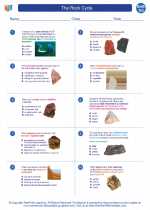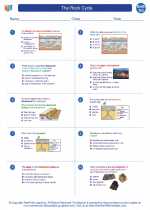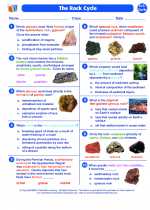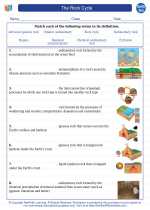Menstrual Cycle
The menstrual cycle is the series of changes a woman's body goes through in preparation for a possible pregnancy. It is controlled by hormones and involves the release of an egg from the ovaries, thickening of the uterine lining, and shedding of the lining if pregnancy does not occur.
Phases of the Menstrual Cycle
1. Menstrual Phase
During the menstrual phase, the uterus sheds its lining, resulting in menstrual bleeding. This phase typically lasts 3-7 days.
2. Follicular Phase
The follicular phase begins on the first day of menstruation and lasts about 10-14 days. It is characterized by the development of follicles in the ovaries and the maturation of an egg within one of the follicles.
3. Ovulation
Ovulation occurs around day 14 of the menstrual cycle. During this phase, the mature egg is released from the ovary and moves into the fallopian tube, where it may be fertilized by sperm.
4. Luteal Phase
The luteal phase begins after ovulation and lasts about 14 days. During this phase, the empty follicle in the ovary transforms into a structure called the corpus luteum, which produces progesterone to prepare the uterus for a potential pregnancy.
Hormonal Regulation
The menstrual cycle is regulated by hormones, including estrogen, progesterone, follicle-stimulating hormone (FSH), and luteinizing hormone (LH). These hormones work together to control the growth and release of the egg, as well as the changes in the uterine lining.
Common Disorders
Some common menstrual cycle disorders include irregular periods, heavy or painful periods (menorrhagia or dysmenorrhea), and absence of menstruation (amenorrhea). These disorders can be caused by hormonal imbalances, stress, or underlying health conditions.
Study Tips
- Memorize the phases of the menstrual cycle and the key events that occur in each phase.
- Understand the role of hormones in regulating the menstrual cycle and how they interact with each other.
- Learn about common menstrual cycle disorders and their potential causes.
- Review diagrams of the female reproductive system to visualize the changes that occur during the menstrual cycle.
- Practice identifying the different phases of the menstrual cycle in a diagram or chart.
By understanding the menstrual cycle, you will have a better grasp of reproductive biology and women's health. Good luck with your studies!
.◂Earth Science Worksheets and Study Guides High School. The Rock Cycle

 Worksheet/Answer key
Worksheet/Answer key
 Worksheet/Answer key
Worksheet/Answer key
 Worksheet/Answer key
Worksheet/Answer key
 Vocabulary/Answer key
Vocabulary/Answer key
 Vocabulary/Answer key
Vocabulary/Answer key
 Vocabulary/Answer key
Vocabulary/Answer key
